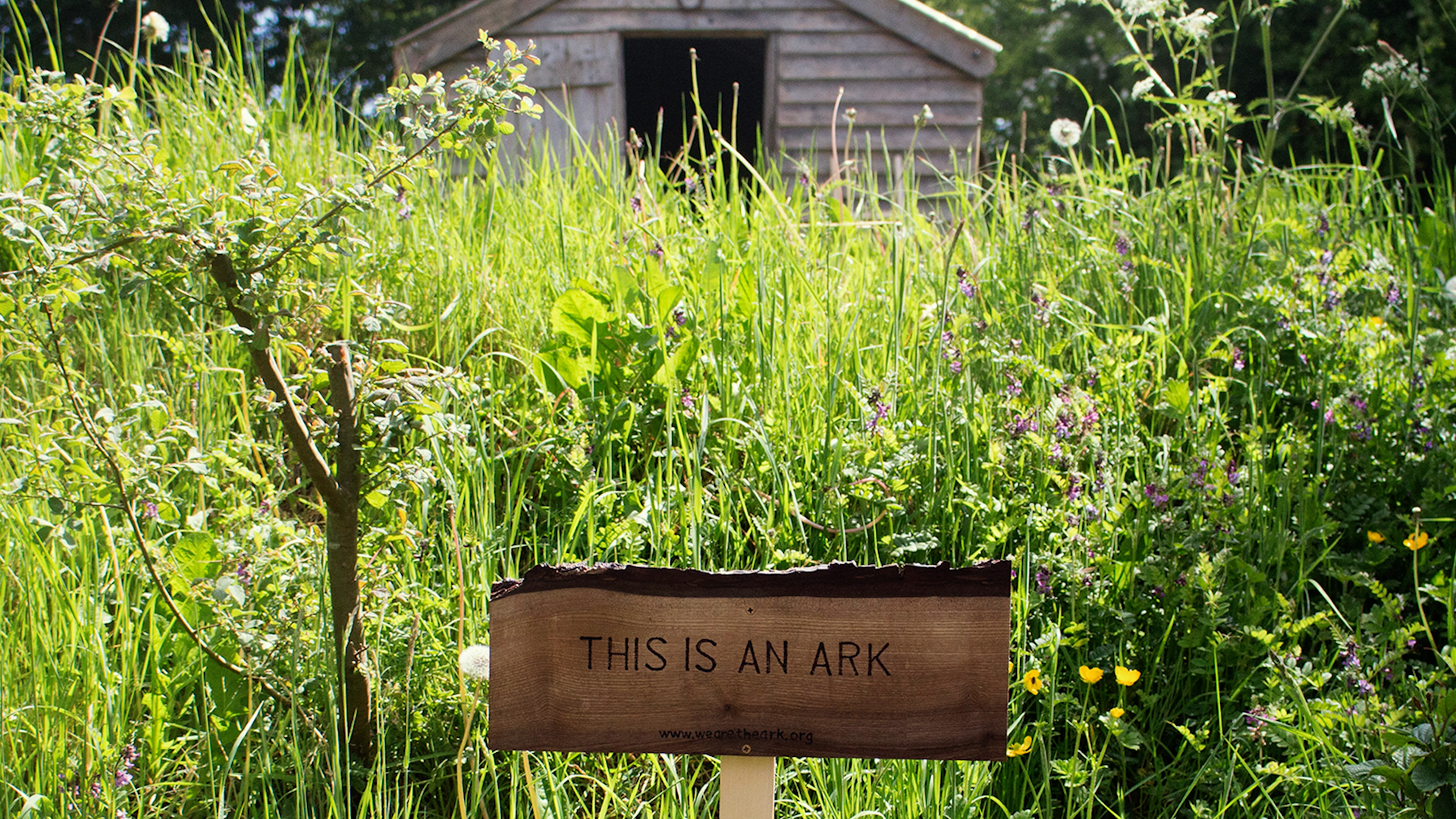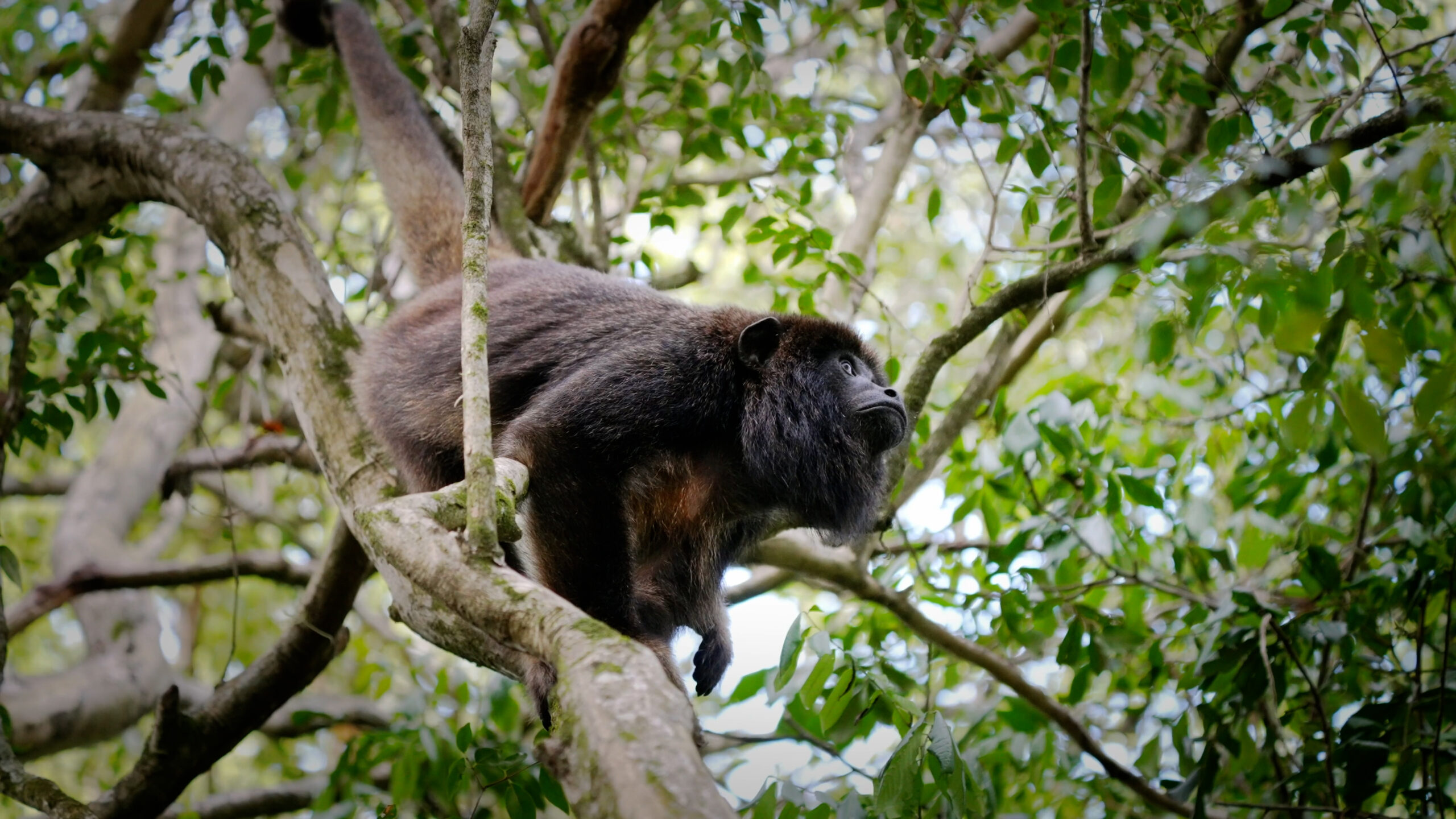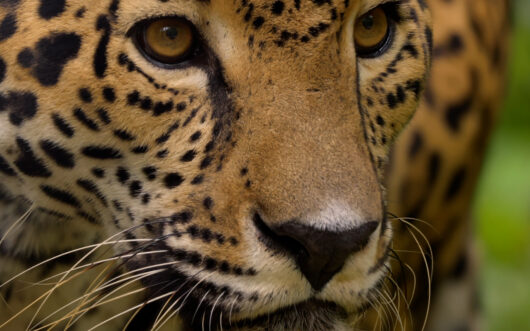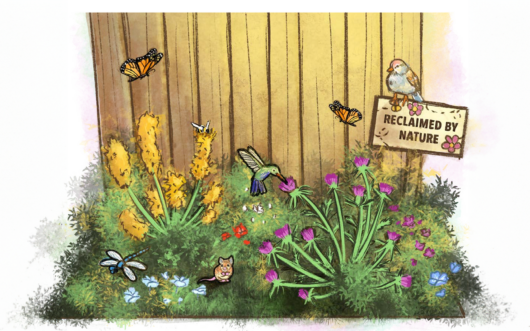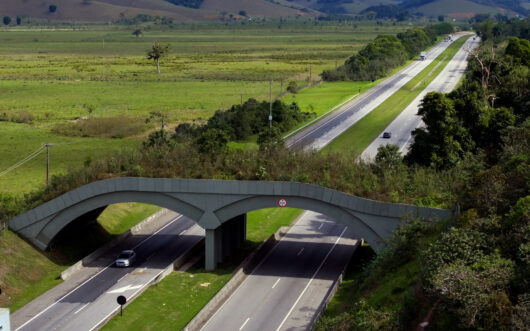Wildlife corridors are an invaluable conservation tool. These ribbons of habitat connect landscapes fragmented by human development or roadways, giving animals the ability to roam in search of food, water, and mates.
In some instances, these corridors span miles and miles between distant forests — but in other cases, a corridor might just need to span a roadway or connect two nearby treetops. These wildlife crossings help animals cross roads safely and reduce wildlife-vehicle collisions. They’re an essential way to improve habitat connectivity on the landscape and give species the freedom to roam. And, they’re becoming more common around the world.
Here are a few ways to support forest corridors and wildlife crossings — around the world, and even in your own backyard.
Use Your Voice to Support Wildlife Crossings
Wildlife crossings — bridges, underpasses, and other structures that help wild animals safely cross roads — are growing in popularity around the world, likely even in your own city or neighborhood! These crossings can dramatically reduce wildlife-vehicle collisions. They also help animals move more freely around the landscape in search of food, water, and mates.
There are more than 1,000 wildlife crossings already in the United States, but many more are needed to help animals cross the country’s 4 million miles of roadways. Luckily, additional projects are currently planned or under discussion around the US. These crossings are large projects that require support from scientists and local residents, but when communities rally together and show support for local wildlife, no crossing or corridor is too ambitious. The world’s largest wildlife crossing is currently in development over the 101 Freeway in California, all thanks to local activists who showed their support!
To help future projects succeed, contact your local lawmakers today and voice your support for wildlife crossings!
Illustration of a bison
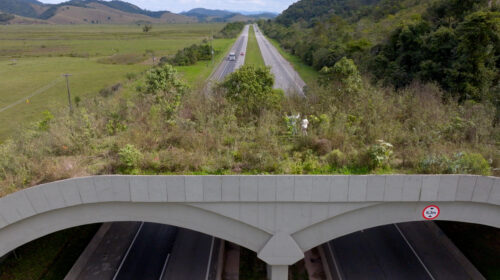
Become a Big Cat Ambassador
Wildlife corridors are critical to big cats, which often roam over vast territories in their quest for food and mates. That includes cougars, tigers, and jaguars across much of Central and South America. Panthera, an organization dedicated to conserving the world’s wild cat species, is currently working to create a stretch of protected corridor for jaguars that reaches from Mexico all the way to Argentina!
You can support this project and Panthera’s other habitat conservation efforts by becoming one of their youth ambassadors. Pathera’s youth ambassadors help educate young people about big cat conservation by talking about Panthera’s work on social media and organizing events and fundraisers.
Learn more about the Panthera Youth Ambassador program and check out resources to get started on their website.
Illustration of a no-bg-image
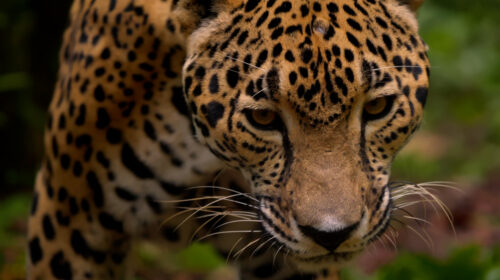
Make Your Backyard a Safe Wildlife Corridor
Wildlife corridors are important throughways of connected habitat that are especially crucial for migratory animals. While corridors can stretch hundreds or thousands of miles, even a small patch of healthy habitat in your yard can make a difference by providing a safe stopover point in a fragmented landscape. By adding native plants, water features, and other wildlife-friendly touches, you can boost habitat connectivity and help both local animals and the migratory birds and other creatures just passing through.
Read the Wild Hope guide and make your yard a wildlife haven at the link here.
Illustration of a can
